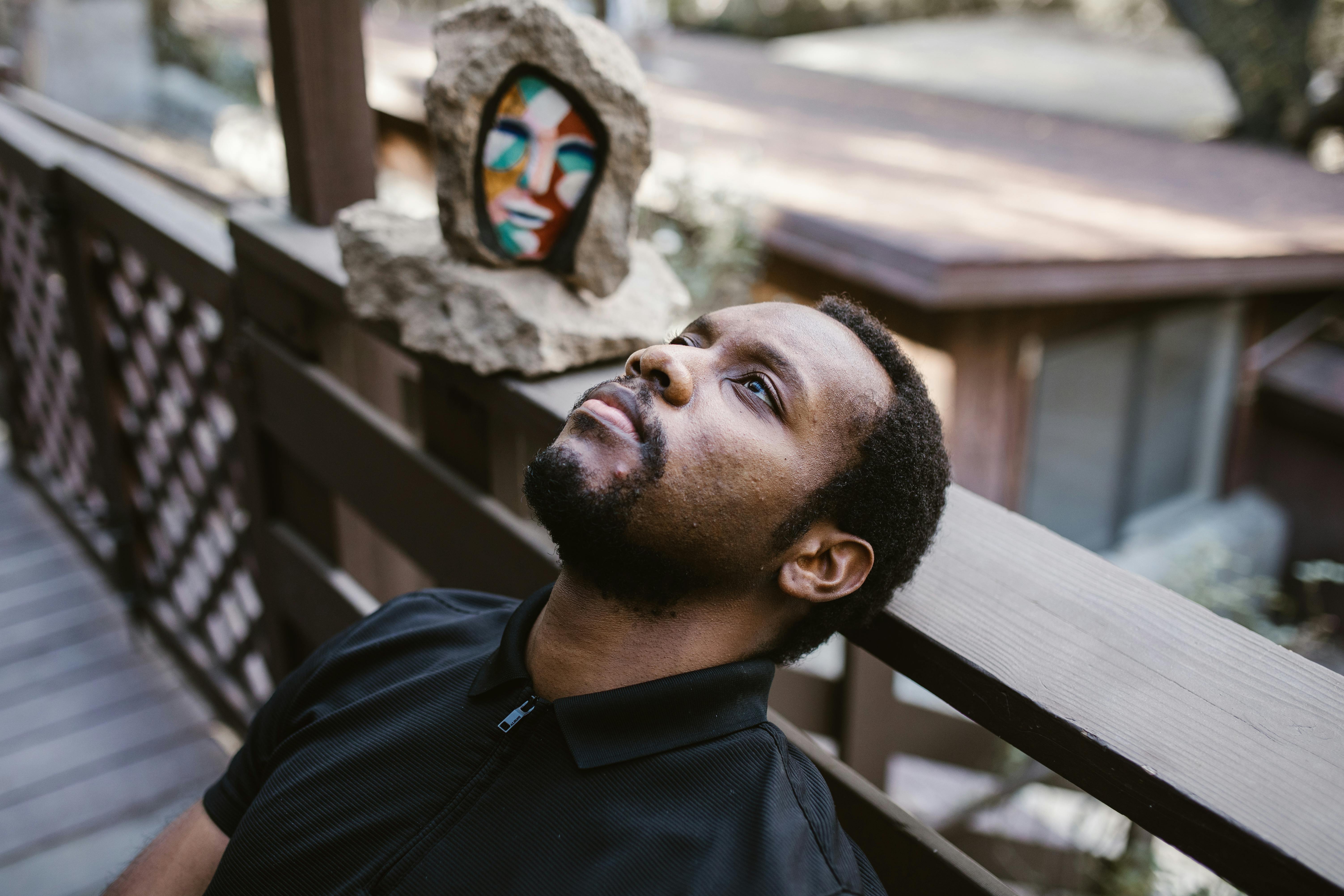High visibility clothing features reflective materials and/or bright colors, such as fluorescent yellows, greens, and oranges. These colors stand out in most environments, making the wearer highly visible in daylight conditions. Retroreflective striping can be added to complement the color and further increase visibility. Like the surface of a cat’s eye, retroreactive materials reflect light back to its source with minimal light scatter, making the reflection as bright as possible.
Professionals and laymen alike wear high visibility clothing. Some examples include pedestrians, laborers, bicyclists, motorcyclists, hunters, tow truck drivers, construction workers, first responders, parking lot attendants, surveyors, film/TV/news crews, and horseback riders. If you need to be seen in low light, extreme weather, or when working near moving machinery, high visibility clothing is essential. In certain situations, it is also legally required by the American National Standards Institute (ANSI).
Perhaps the most popular form of high visibility clothing is the safety vest. Safety vests come in various classes based on user preference and legal requirements. The following list is a brief summary of the different classes of safety vests available:
- Class 1 vest. This type of vest has the lowest visibility and is best for casual use, such as daytime jogging, rather than high-risk or government-regulated activities.
- Class 2 vest. The American National Standards Institute defines a Class 2 vest as an intermediate visibility garment. These safety vests meet ANSI regulatory standards for federally funded highway work, work with heavy machinery, or near moderately fast-moving traffic.
- Class 3 Vest. Class 3 hi-vis vests have the highest degree of visibility and are required by law for nighttime activities, extreme weather, or busy traffic areas.

